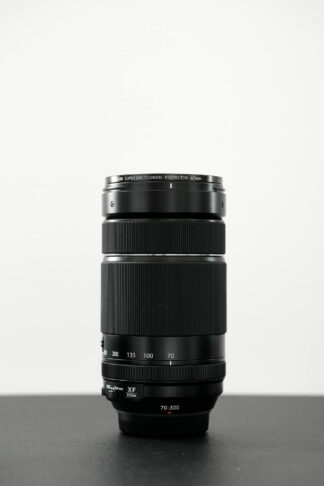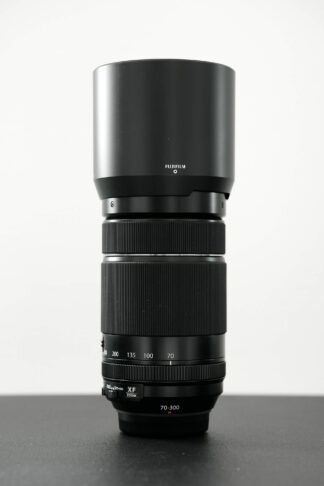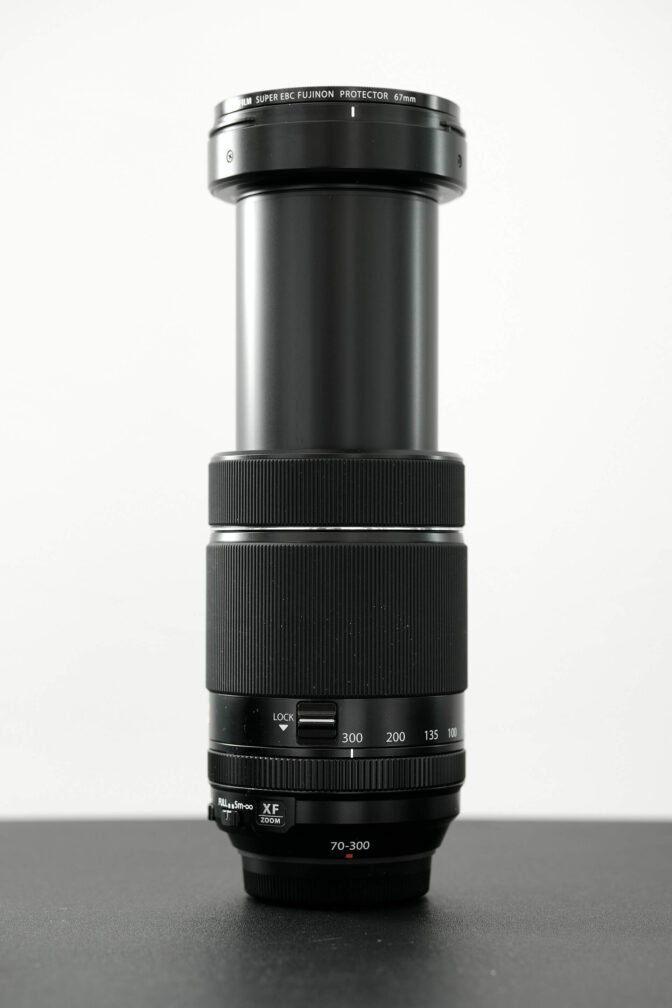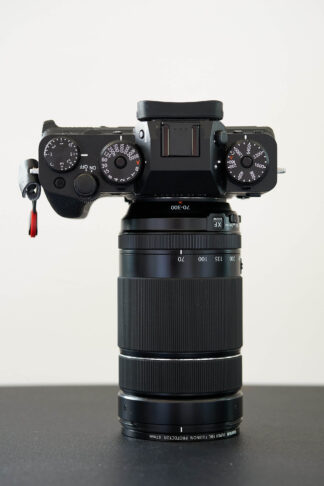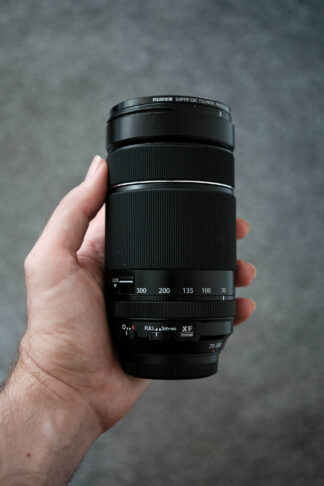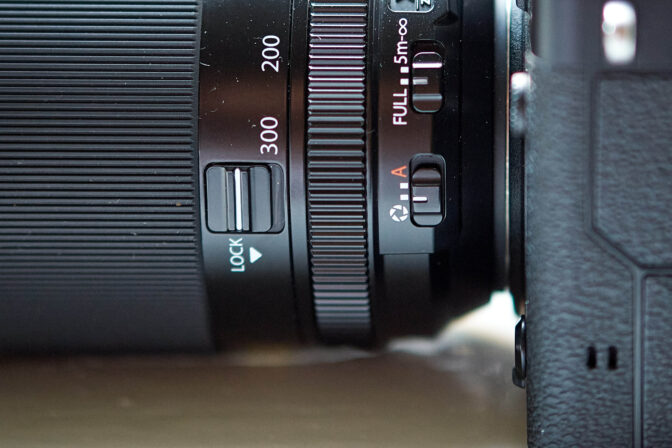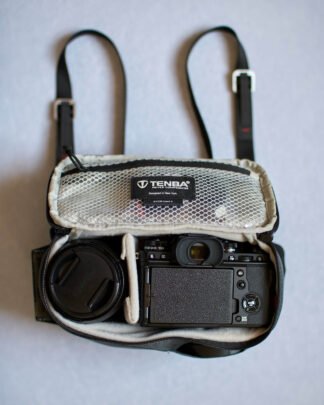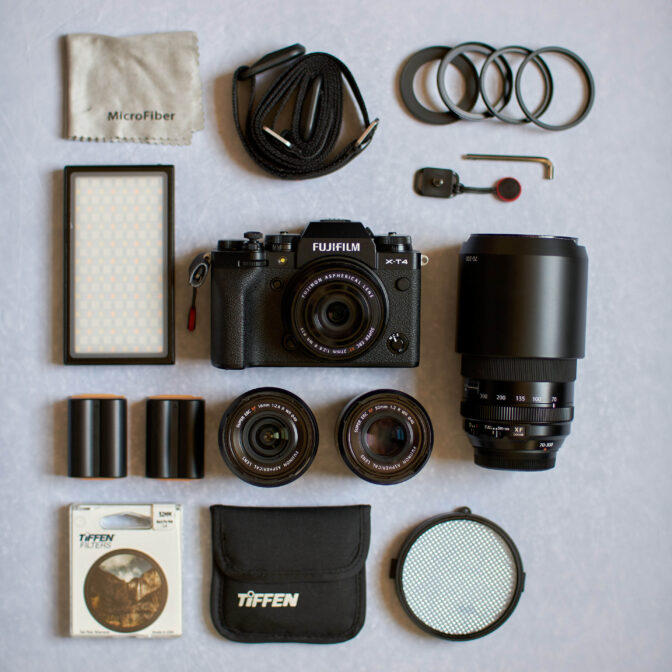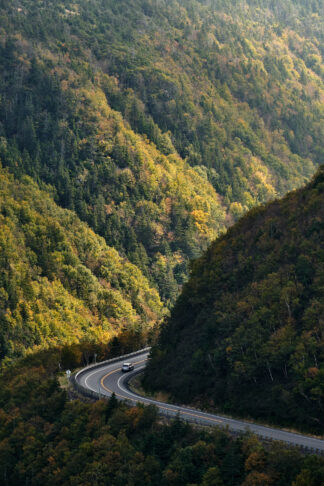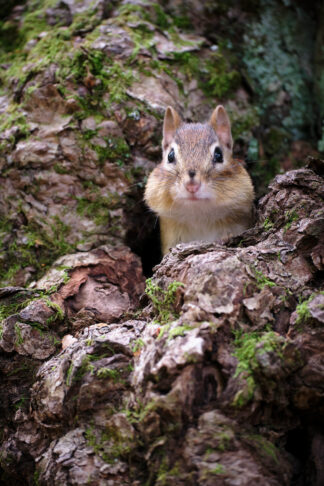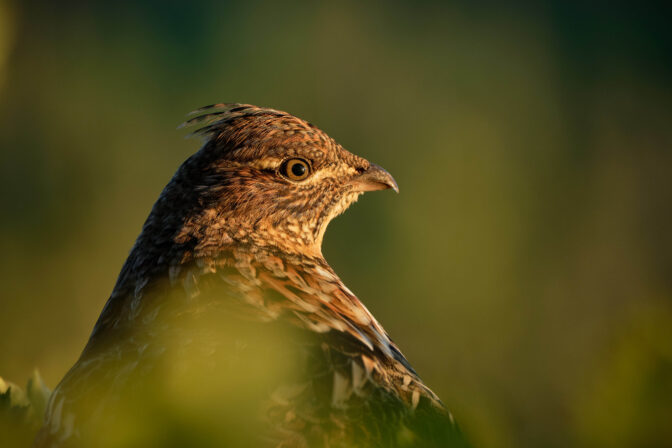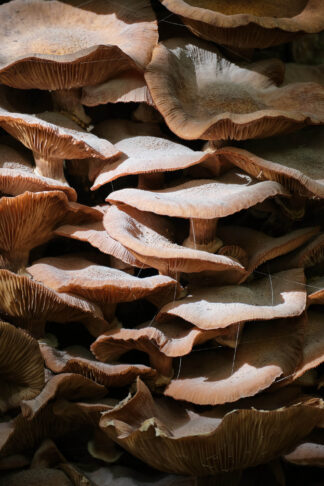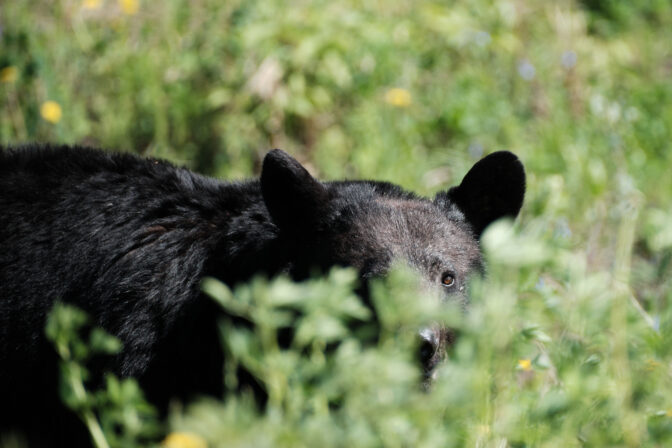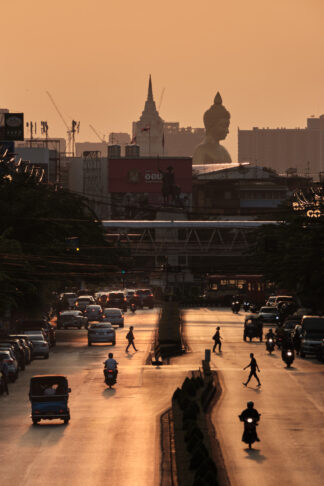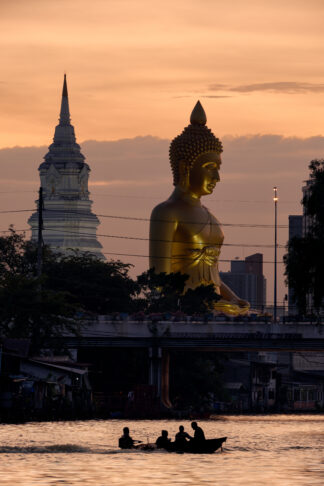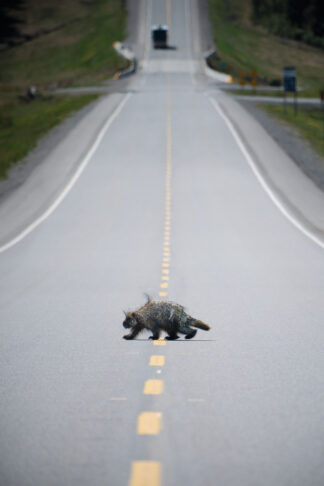Fuji 70-300 review
The compact size, considerable reach and weather-resistant build of the Fuji 70-300 make it a very appealing travel lens. But does it live up to its potential?
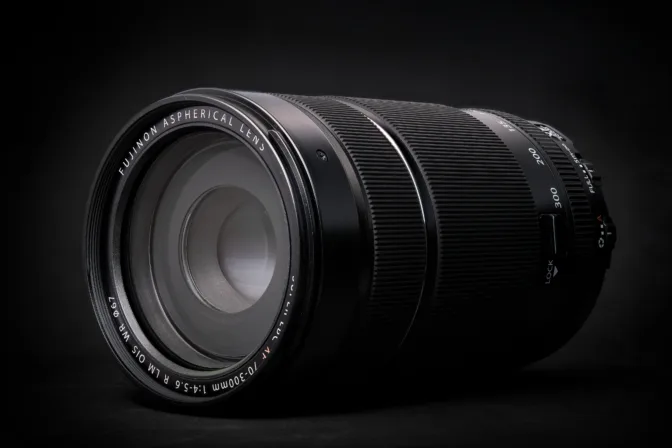
Intro
Every lens is a compromise (except maybe the XF 200mm f2). You can’t have it all, particularly when it comes to zooms and especially with super-telephoto zooms. But the Fuji 70-300 strikes an almost ideal balance of size, weight, reach and quality. If you travel with your equipment and need versatility in a compact size, the Fuji 70-300 could be the lens you have been waiting for.
I was fortunate enough to borrow the lens for a few weeks from Fujifilm UK, through their loan program. I decided to take the Fuji 70-300 on a trip to Nova Scotia, Canada – to test it in the context I would consider buying it for…travel photography.
Size, weight, build and handling #
The Fuji 70-300 is a compact and lightweight lens (580g). Measuring just 132.5mm tall, this lens fits into even the smallest bags. The minimal weight meant I was happy to carry it everywhere, even hiking 20 mile days.
Despite its lightweight build, the lens is dust and moisture-resistant, and can operate in temperatures as low as 14°F (-10°C). The lens felt solid, didn’t exhibit any zoom creep and instilled confidence in general use and handling. The supplied hood was large and attached firmly. Overall, it was on par with the high standard I’ve come to expect of other Fujifilm lenses.
With a huge focal range, state-of-the-art autofocus, advanced image stabilization and close focusing performance equivalent to half-macro, XF70-300mm ensures you’re always ready to make images, whether your subject’s in the undergrowth beneath your feet, or in a tree on the distant horizon.
Weather resistant Fuji travel kit #
Due to the relatively small size of the Fuji 70-300, I was able to put together a small weather-sealed kit with a large range of focal lengths to take on the trip. I used a Tenba BYOB 9 to carry the following gear:
- X-T4
- XF 16mm
- XF 27mm
- XF 50mm
- XF 70-300mm
- 3 x NP-W235
- Diffusion filter
- Variable ND filter
- Step up/down rings
- ExpoDisc
- RGBWW LED light
The Tenba could then either be inserted into my hiking bag or used as a standalone camera bag (using the Peak Design strap). The Peak Design Leash could also then be switched onto the camera body when the bag wasn’t needed. Because the lens was so compact it could fit into the bag standing vertically or when attached to the X-T4 body.
Fuji 70-300 sample images #
The compact size and considerable reach of the Fuji 70-300 appealed to me specifically for travel. So that’s how I tested it. Included below is a small selection of sample images. Visit the gallery for a larger selection of Fuji 70-300 sample images.
Fuji 70-300 vs 55-200 #
I was unable to get a copy of the 55-200 to compare with the Fuji 70-300, but would recommend watching the video below by the talented Andy Mumford. If you don’t have time to watch, the summary is as follows:
It’s [Fuji 70-300] sharper than the 55-200, certainly at around 135mm and considerably sharper at 200mm. It’s got really fast focus, it’s got an excellent zoom range which can be increased with one of the teleconverters which make it an excellent lens for wildlife or action shooting, and it’s super light and great for backpacking.
Fuji 70-300 vs 55-200: compared by photographer Andy Mumford
Video samples #
I’ve used the Fuji 70-300 for video on multiple occasions now and have been impressed with the autofocus and image quality. The combination of IBIS and OIS have made hand-held shots possible.
Hummingbirds filmed and photographed with the Fuji 70-300mm and X-H2s.
Many shots in the video were filmed using the Fuji 70-300
What is a 70-300mm lens good for? #
The compact size, light-weight and versatile focal range of the Fuji 70-300 make it an ideal travel companion. It’s great for wildlife but also surprisingly useful in urban environments, providing a different perspective to the typical wide-angle cityscapes.
So would I buy it? #
In short, yes…I’m very tempted. The Fuji 70-300 was a joy to use, easy to travel with and was very versatile. The lens offers excellent value (check latest price) and creates pleasing images. I sometimes found myself wishing it was brighter at the long end, but then it would be bigger and less portable. As much as I would like to have the capabilities and quality of the XF 200mm f2 on hand at all times, it’s not always practical to travel with a 2.25kg lens worth $6000.
Pre-pandemic I was on the road most of the year, so size and weight really mattered. With this trip potentially marking the return to travel, this lens once again makes a lot of sense.
Update #
I bought it! My time with the Fuji 70-300mm convinced me it offered a great balance of weight, size and optical performance. With travel returning to normal I couldn’t resist and have thoroughly enjoyed having such a versatile lens in my kit.
More Fujifilm articles

Architectural photography with the Fujifilm X-T20
We headed out for some architectural photography with the trusty Fujifilm X-T20; photographing the …
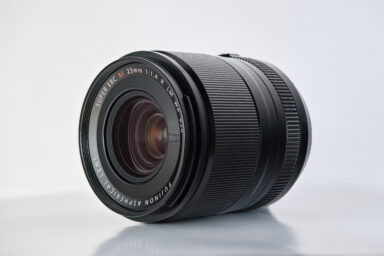
Fuji 23mm f1.4 review
The latest Fuji 23mm is bigger, heavier and more expensive than the other 23mm offerings from Fujif…
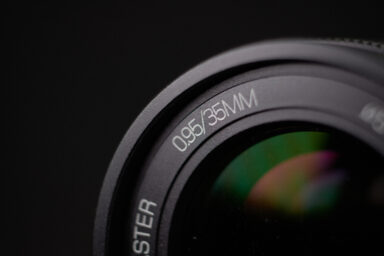
Fuji webcam software for mac and windows
Official Fuji webcam software has been released. See compatible cameras and operating systems, and …

Fuji's Natural Live View
Fuji's Natural Live View explained. What is it? And why would you use it?
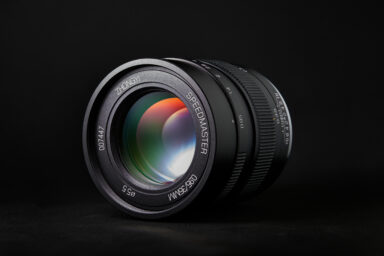
Mitakon 35mm f/0.95 ii review
The Mitakon 35mm f/0.95 isn't for everybody. It's a heavy chunk of metal and glass, manual focus on…
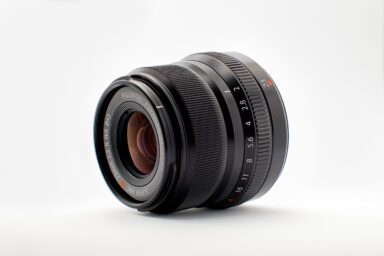
Focus stacking with Fuji cameras
A concise overview of how to use Fujifilm's in-camera focus bracketing feature with example images.…
